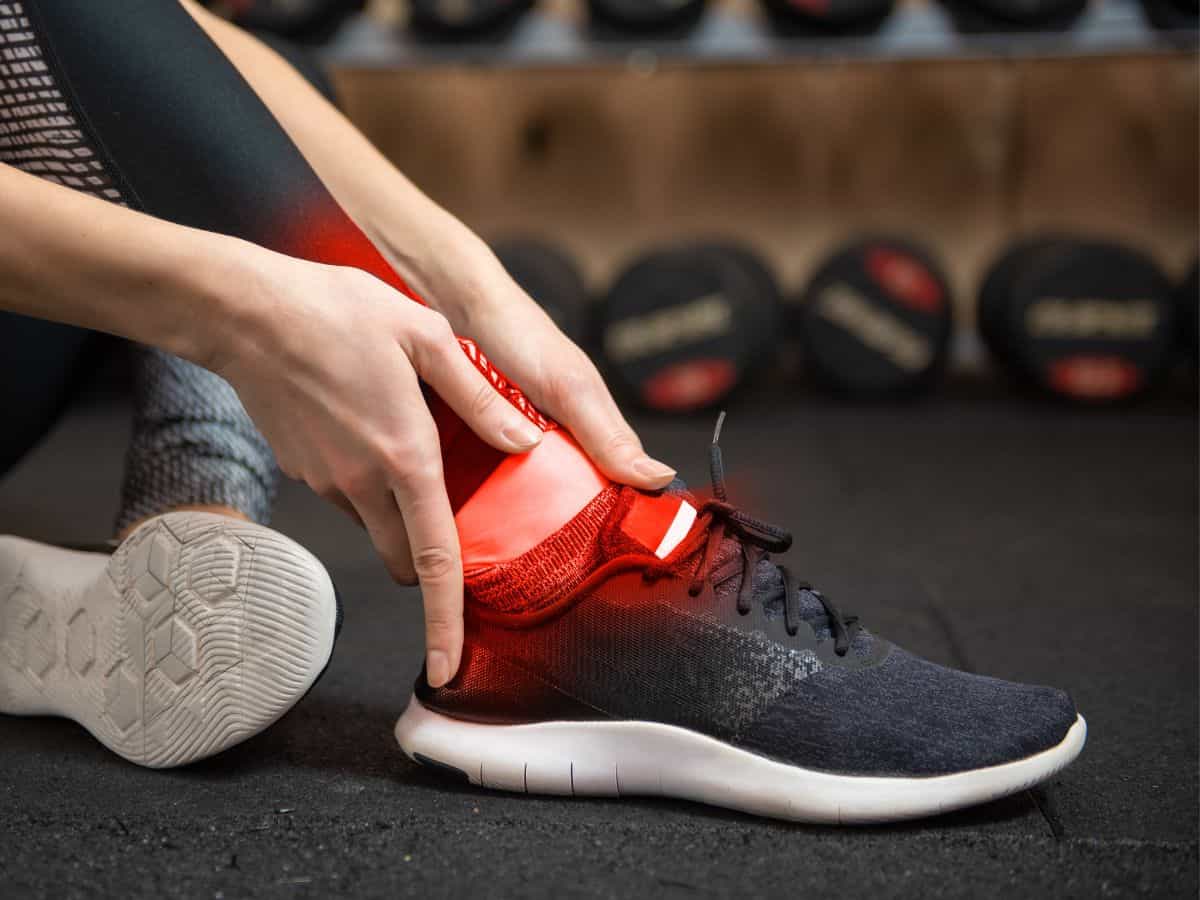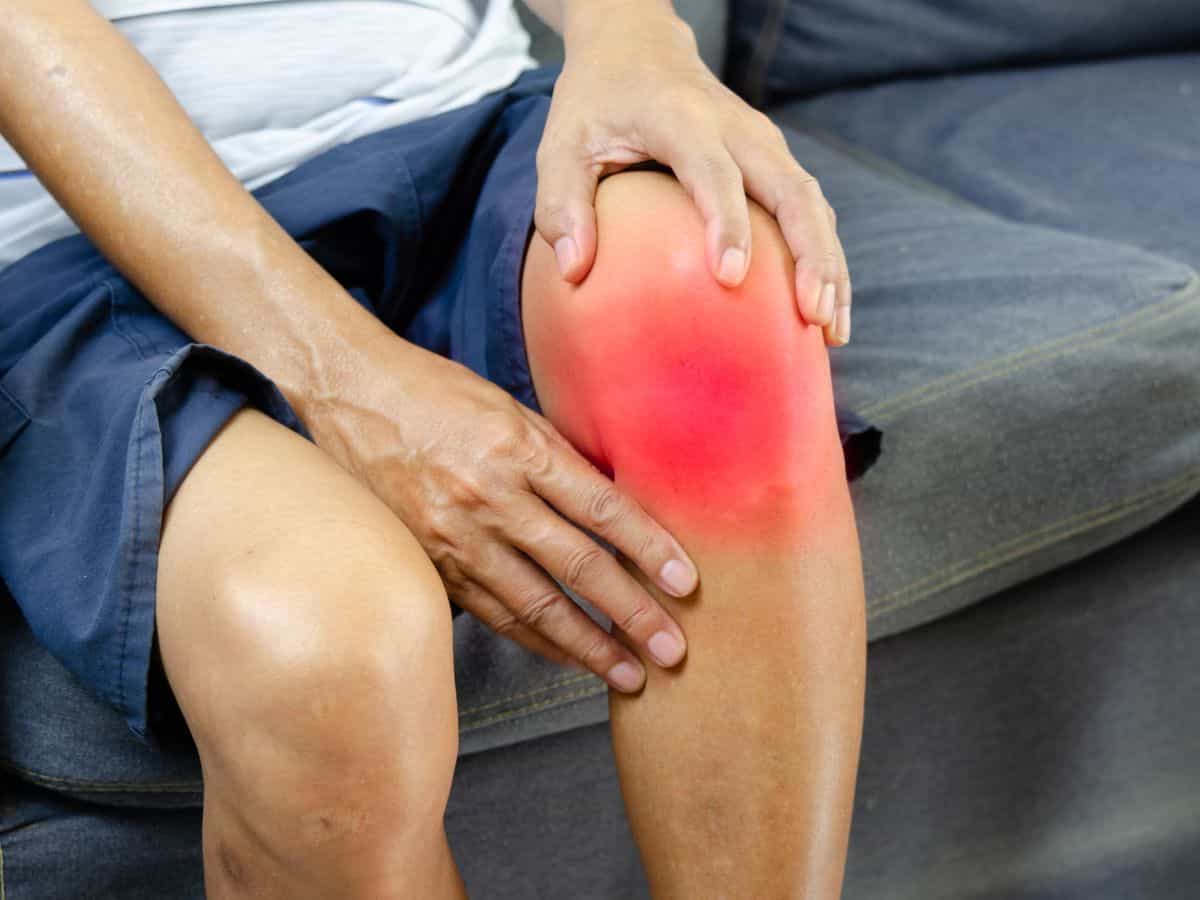
Torticollis: Causes, symptoms and treatment

The pandemic caused by COVID-19 has led to an explosion in teleworking. Almost a million more people have joined this successful formula.
This causes us to work from home, being in the same position in our living room chair for a large number of hours, generating the adoption of a bad posture for hours, and causing that pain in the neck that we have all suffered at some time: torticollis.
Tabla de contenidos
What is torticollis?
Torticollis is an involuntary contraction that we suffer in the muscles that make up the neck (Sternocleidomastoid, Genioid, Anterior Scale …), generating pain, which can go up to the head or down to the shoulder or dorsal, and causing the head to rotate to one side.
It is possible that we wake up one day without being able to move our neck, or that after a period of time we begin to feel «tugging» in the area and someone tells us: «You slept in a bad posture». That is torticollis. And it is due to the fact that the muscles and ligaments of the neck change position when we maintain an uncomfortable posture for a prolonged period of time, which causes muscle pulls or ligament strains.
Everyone, regardless of age or physical activity, can be affected by torticollis at some point as it can arise in numerous acts we do every day such as working or sleeping.
Causes of torticollis
The causes that can generate this contracture are multiple and common in our day to day life.
- Poor neck position during sleep.
- Strong movement of the neck, either voluntary or as a consequence of a blow.
- Forced neck movement.
- Poor posture when working or sitting.
- Associated, as a secondary disease, to shoulder or neck injuries.
- Prolonged use of a cell phone or tablet in a position that strains the neck.
- Congenital problems. A baby may be born with congenital torticollis.
- As a result of diseases that cause involuntary movements and muscle spasms, such as Parkinson’s disease.
Symptoms of torticollis
The pain caused by this disease usually begins with a small cervical pain, or slight limitation in the mobility of the neck, after having maintained a bad posture for a prolonged period of time.
However, torticollis has clear symptoms: stiffness in the neck and reduced mobility, discomfort when tilting the head, pain in the neck area or inability to move the head to a certain position.
Generally, these symptoms will be found when waking up because of a bad sleeping posture, although we could also find them after a long work session or a hard sports session. And of course they may appear after an accident or a significant temperature difference.
Avoiding torticollis
There is no exact formula on how to prevent torticollis in our life, since it could appear by a mere carelessness we have in our work session.
It is advisable to try to avoid bad postures, especially in daily activities such as working or using the cell phone, and uncomfortable postures when sleeping, as well as paying attention to the pillow and mattress we use.
It would also be convenient to perform stretching or relaxation techniques of the cervical area, in addition to soft massages applying thermal contrast.
How to treat torticollis? 3 home remedies
We should not only use drugs to treat torticollis, there are certain means that can help us to reduce the pain and soothe this contracture without the need of drugs or health professionals.
Treatment may vary depending on the cause, especially if it stems from a congenital problem. However, these 3 remedies will bring relief regardless of the cause:
Relaxing massage for torticollis relief
Massaging the neck muscles using essential oils or relaxing creams can be a great way to relieve neck muscle tension.
When putting this remedy into practice we must remember that we are not masseurs or physiotherapists, so it is essential that we are very careful and avoid making too much pressure or sudden movements when massaging the area.
Thermal contrast
Applying hot water cloths to the area of discomfort for 15 minutes is a very effective method to relax the tension of the muscles and soothe the pain.
Heat effect creams could also be used, or cold effect creams, such as those we have in Pentalium to achieve this term contrast.
If none of the above means can be obtained, a simple contrast for 10 minutes using cold water – hot water can also be very effective.
Change our position from time to time
If you work in the same position for many hours, or have to perform day-to-day activities that force you to stay in the same posture for a long time, a great remedy would be to reset your position, taking a short break, every so often.
We propose a rest of 2 – 3 minutes every 30 minutes that we maintain the same position. In these short breaks we will change our posture and stretch the muscles if we notice any kind of tension. Getting up and walking around a bit will also be a practice to practice during these breaks. On the other hand, if our position is standing, we can also sit during these breaks.
However, if the pain persists for more than 3 days, or other ailments such as fever, tingling, or loss of strength in certain areas of the body appear, seek medical help and consult a health professional.

